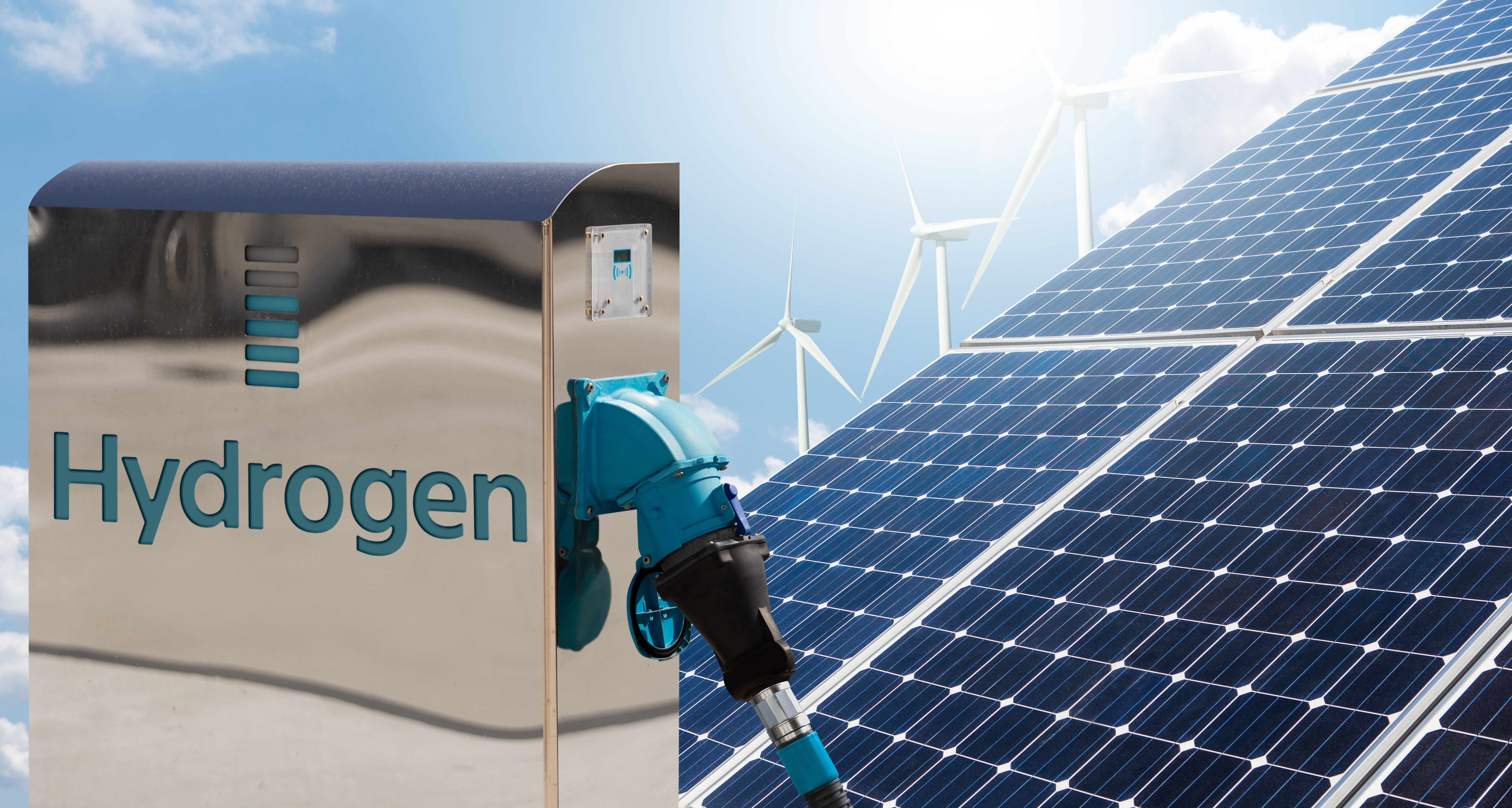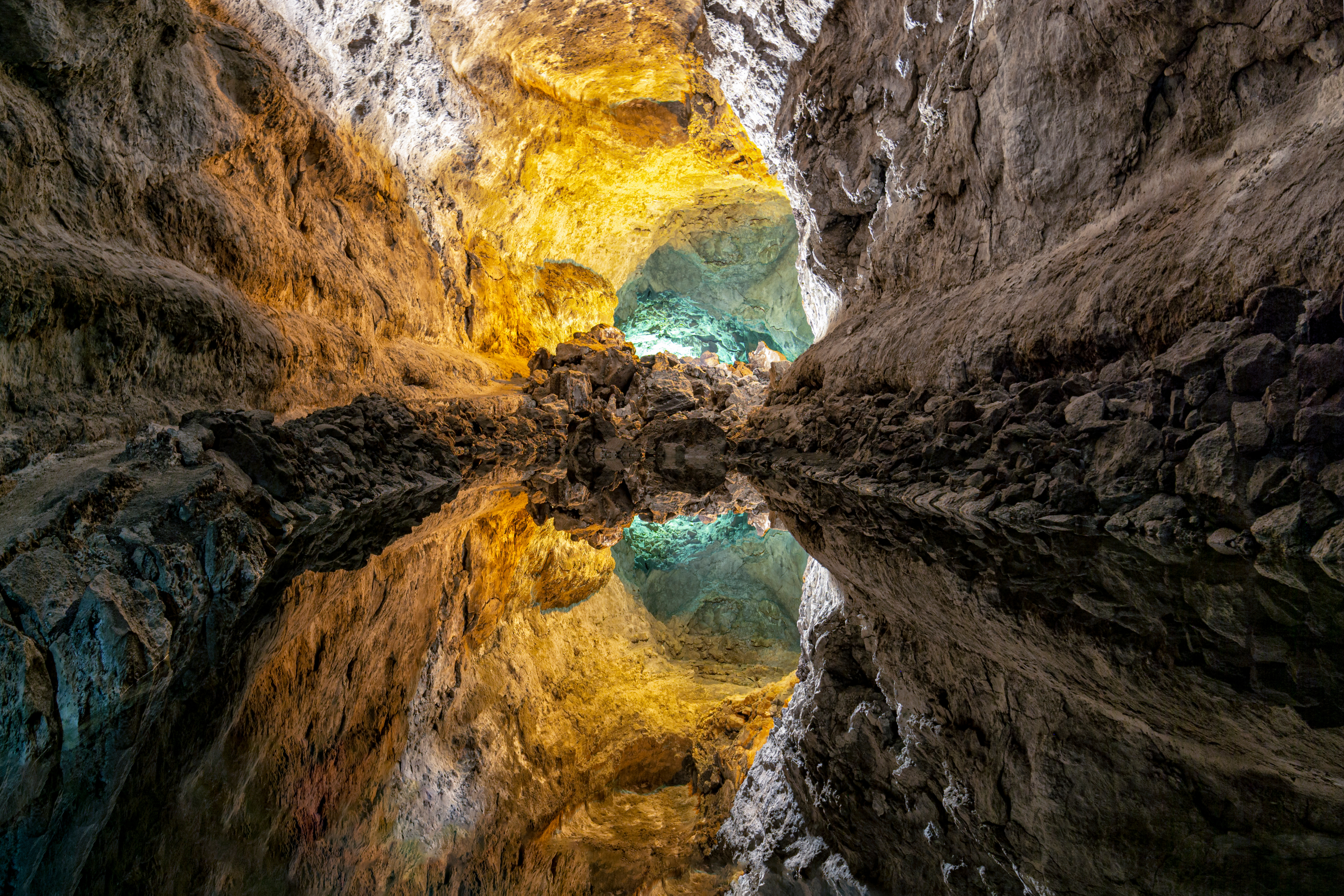Enormes molinos de viento son trasladados al mar para generar energía limpia en nuestras ciudades
Ha comenzado una carrera que en la actualidad la lideran los países asiáticos y europeos aunque Uruguay también toma el testigo para avanzar en la lucha contra el cambio climático instalando parques eólicos en el mar que permitirán generar energía limpia y económica.
Por Antonio D’Eramo
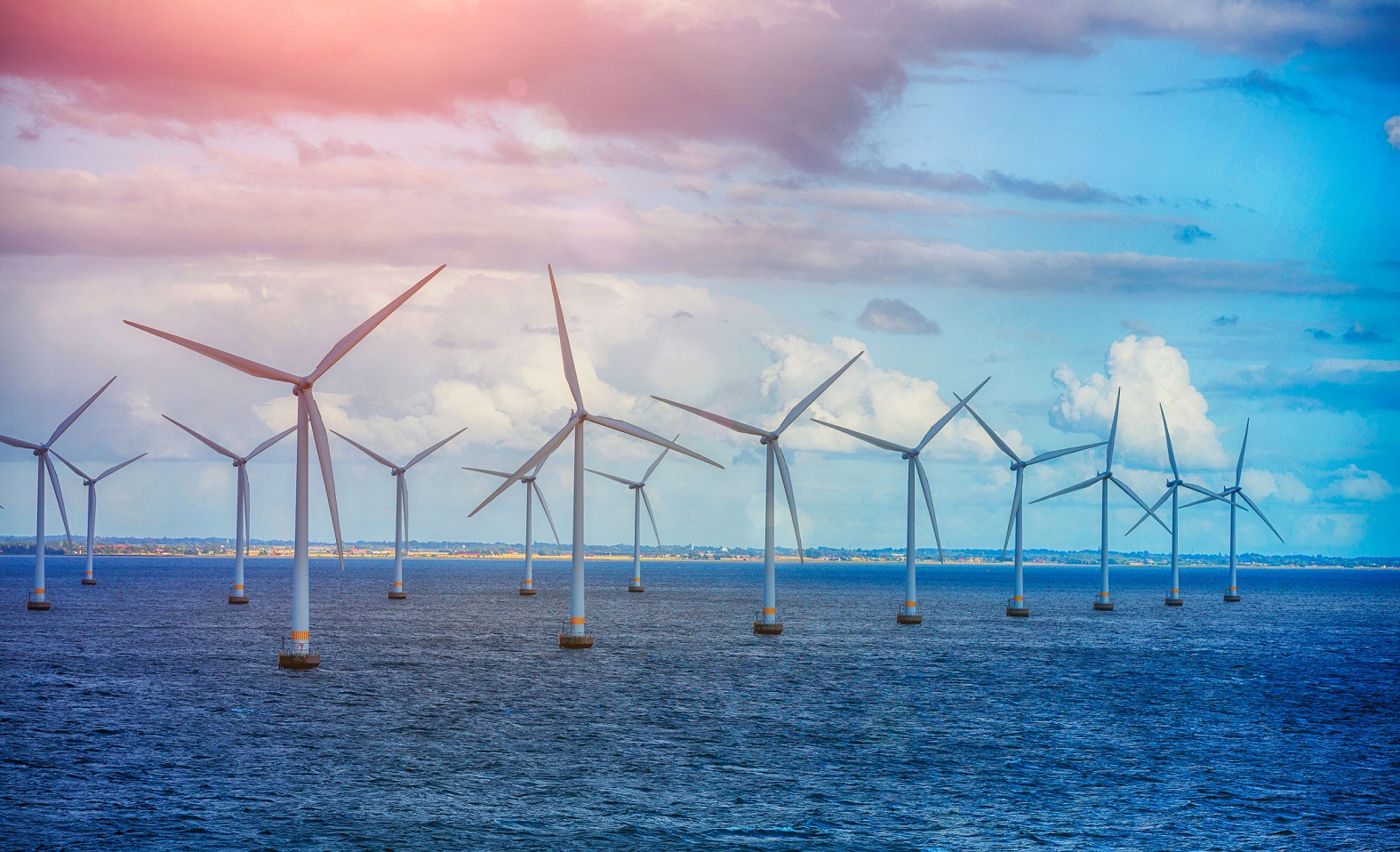
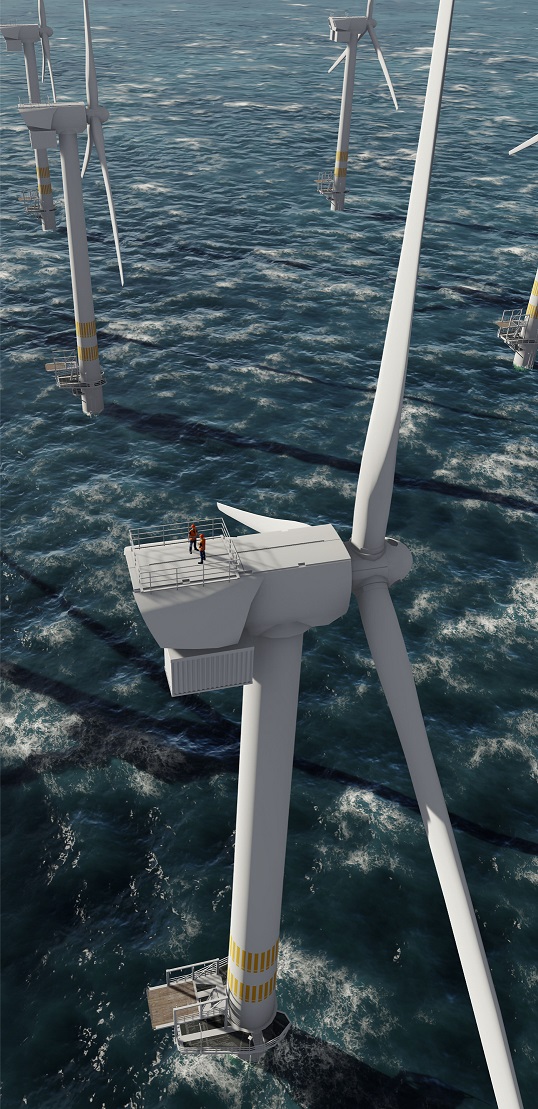
Varios son los factores que confluyen en el desarrollo de parques eólicos construidos sobre plataformas marinas. Bastará señalar algunas consideraciones principales como la irrupción de la emergencia climática por la cual muchas naciones han decidido apostar, de manera decidida, por energías renovables.
Esto significa un cambio de tendencia que posibilitará explotar, en mayor escala, los recursos naturales e inacabables del planeta Tierra, como el viento y el mar, reduciendo aquellas fuentes energéticas tradicionales relacionadas con la producción de carbono y de gases que provocan el efecto invernadero y terminan por perjudicar y alterar los ecosistemas.
Al observar el mar, los ingenieros sólo pueden imaginar, para luego proyectar y construir, enormes molinos de viento que las compañías del rubro energético no dudan en presentar en sociedad.
El impacto del tamaño de las palas de los molinos es menor que en tierra y, según las estimaciones, hacia el año 2035, el 25% de las turbinas eólicas se construirá sobre el agua marina y para cuando se alcance ese futuro próximo, se logrará triplicar la producción energética actual y reducir hasta en un 65% sus costos.
Un ejemplo de lo citado es el molino diseñado por la empresa china Ming Yang Smart- Energy que desarrolló el generador de energía eólico marino más grande que se conoce hasta el momento. Cada una de las tres palas que formarán parte de este prototipo tendrá 118 metros de largo. El nuevo modelo generará un 45% más de energía que el prototipo anterior de la misma compañía, lo que elevaría la capacidad de abastecer de electricidad a más de 20.000 hogares, durante 25 años, que representa su vida útil.
En Europa, mientras tanto, Alemania es uno de los países que mejor está trabajando con la nueva metodología. Desde principios de año 2008, el país europeo, ha proyectado construir 30 inmensos parques eólicos en alta mar para el año 2030.
Otra de las consideraciones principales para trabajar con molinos de viento es evitar la dependencia del gas y petróleo extranjeros. La dependencia de importaciones de combustible fósil de la zona del Cáucaso y de Rusia, que tiene Alemania, constituye una razón geopolítica de peso para adoptar esta innovadora tecnología.
La construcción de estas gigantescas instalaciones que cambiarán la fisonomía de muchos mares está repleta de desafíos. Acaso baste el ejemplo del proyecto alemán para comprender como puede montarse está estructura sin que el mar la destruya.
Desde 2010 existe una técnica que mantiene en pie las torres de los molinos de viento en pleno mar del Norte. Para alejarlas, lo más posible, de las costas donde suelen provocar contaminación visual y sonora, se ha diseñado la técnica de “torres flotantes” de altamar.
En declaraciones a DW, el profesor Finn Gunnar Nielsen, de la empresa noruega Statoil-Hydro, presentó la novedosa idea de los molinos de viento flotantes. Nielsen es ingeniero de plataformas marinas para la extracción de petróleo y gas, experto en operaciones con material pesado en alta mar donde las condiciones atmosféricas y la violencia y profundidad de las aguas del mar del Norte son extenuantes.
“La torre que sostiene el molino de viento flota sobre el agua en posición vertical. La torre se asemeja a una delgada botella de unos 100 metros de longitud sumergida en el agua y que es cada vez más delgada en la parte que sale del agua. Por lo demás, estos molinos son como cualquier otro, con un rotor e inmensas aspas”, explicó Nielsen.
La torre que sostiene el molino, está lleno de material pesado por debajo del nivel del mar, mientras por encima de él está lleno de aire que sirve como motor. El experto ejemplificó para que el lego comprenda, “el principio es comparable con el de una taza redonda que baila sobre un plato pero que no cae porque el impulso propio siempre la mantiene en pie, a pesar de que tambalee. Al mantener el centro de gravedad bien bajo y el centro de flotabilidad bien alto se logra una combinación que resulta en la estabilidad”.
Por ello, los molinos que poseen el punto de gravedad de la torre ubicado muy cerca de su base al tiempo que el centro de impulso se ubica unos 100 metros arriba generan unas característica técnicas que convierten a la torre en prácticamente imposible de derribar, así el oleaje sea muy intenso.
El molino diseñado por la empresa china Ming Yang Smart- Energy posee medidas espectaculares. En total, la torre, sumada a las palas, logran una altura de 242 metros que posibilitarán que el generador alcance hasta 90 GWh de electricidad, una cifra notable para la generación de energía eólica.
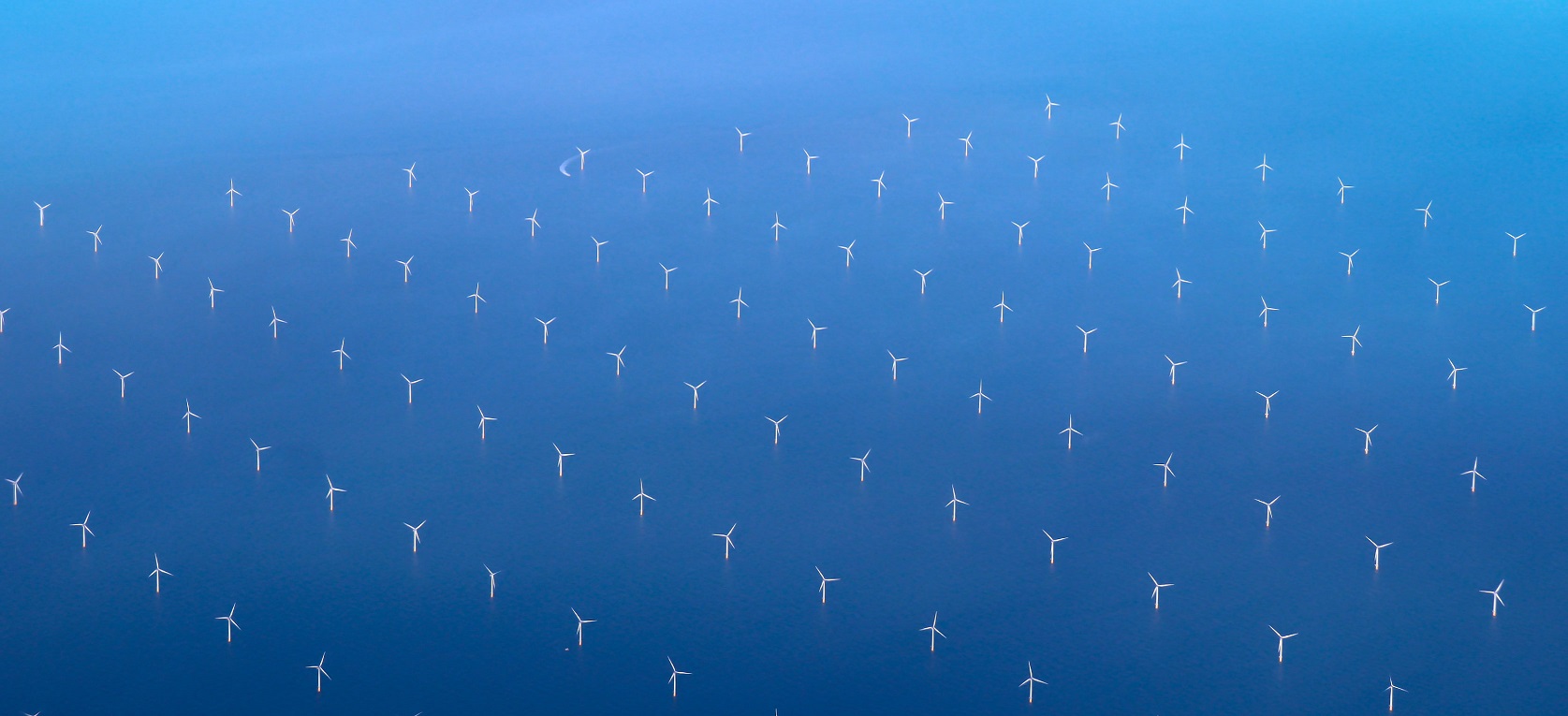
Si bien el prototipo chino, MySE 16.0-242, comenzará a ser fabricado en 2022, la implantación en el mar no se producirá hasta fines de 2024.
Ahora bien, la tendencia indica que el futuro de la energía eólica se halla en los océanos. El molino de viento más grande del mundo, hasta ahora, ha empezado a operar hace pocas semanas, en las aguas de Rotterdam, Países Bajos. Y su producción en estos momentos es de 14 MW.
Si hablamos de precios y costos, hay expertos que afirman que la energía eólica marina es una tecnología muy cara para estos tiempos.
En el viejo continente se han realizado cálculos que indican que mientras que el megavatio-hora rondaría los 120,52 dólares (104.12 euros), la energía solar estaría en 32,78 dólares (28.32 euros) sin contar con las ayudas de las subvenciones.
Sin embargo, un reciente informe del Laboratorio Nacional Lawrence Berkeley de Estados Unidos firmado por 140 expertos concluyó que el tamaño de las turbinas, reduciría el coste de la energía eólica entre un 37% y un 49% de aquí a 2050.
Por ello, cuanto más grandes son los molinos de viento mejor funcionan, producen más energía y amortizan rápidamente la inversión de su instalación.
En Latinoamérica el mejor ejemplo es lo que sucede en la República Oriental del Uruguay. La empresa estatal Ancap fue la que primero promocionó el programa H2U Offshore, que prevé la producción de hidrógeno en garajes de generación eólica instaladas en el océano Atlántico.
El proyecto busca posicionar a Uruguay como un proveedor mundial de hidrogeno verde, como líder en términos de transición energética, de descarbonización de la matriz productiva y como cooperador del objetivo global que busca alcanzar la carbono neutralidad en el año 2050.
“Le estamos diciendo al mundo que Uruguay está decidido a ser parte de la provisión energética en el futuro”, destacó Alejandro Stipanicic, titular de la compañía
El mapa que muestra las principales instalaciones de energía eólica marina enseña que cerca del 80% de todas las plantas eólicas se encontraban, antes de la declaración de la pandemia de coronavirus a fines de 2019, montadas en la costa de once países de Europa. El resto se encuentra en China; Vietnam; Japón, Taiwán, Corea del Sur, y los Estados Unidos.
En el comienzo de la nueva normalidad los empresarios y gobiernos de la región han comenzado a aceptar la posibilidad de trazar los límites de los campos marinos donde se podrían asentar gigantescos molinos de viento que pondrían en entredicho la valentía de Don Quijote.



